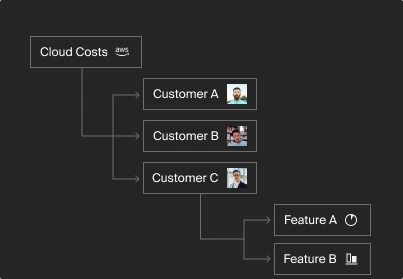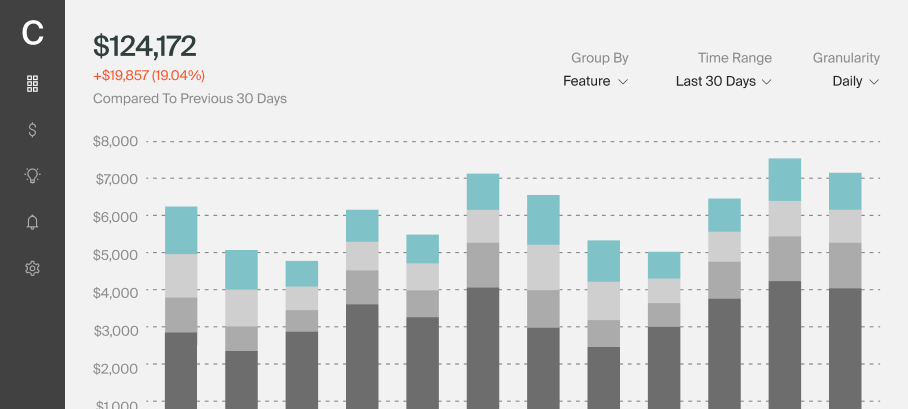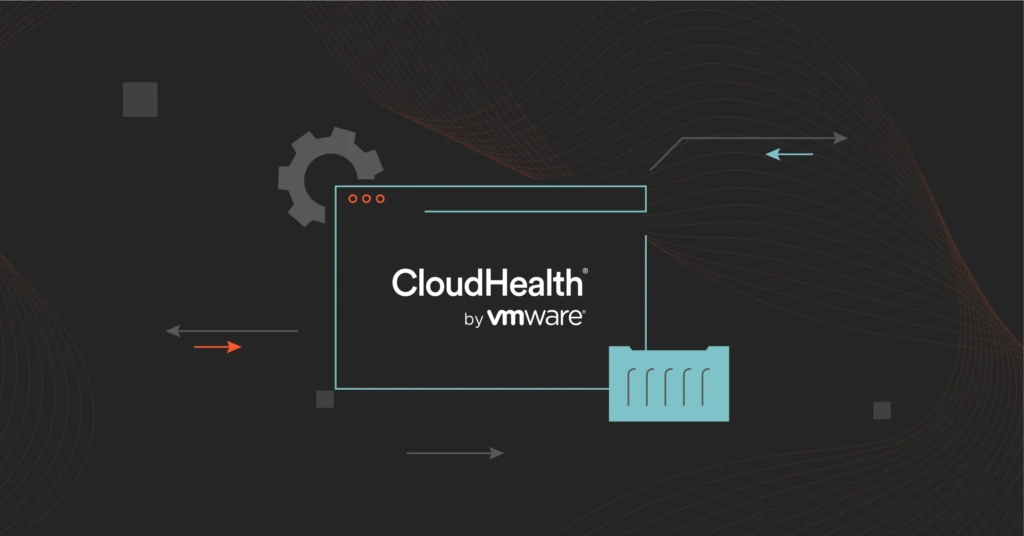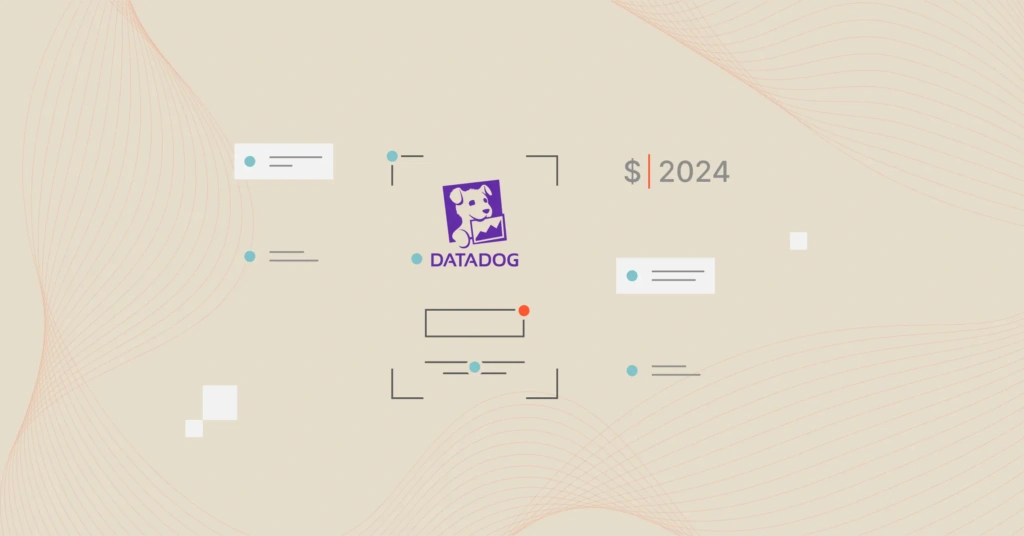The World’s Leading Cloud Cost Optimization Platform
Cloud Cost Efficiency
And Optimization
Allocate 100% of your cloud spend to identify savings opportunities.
3 Mos.
Average time it takes for CloudZero to pay for itself
22%
Cost savings above and beyond traditional cost management
$5B+
Total cloud spend CloudZero has under management

Micheal Waltz
Principal DevOps Engineer, Demandbase
Drive Efficient Engineering With Cloud Cost Intelligence
Give your engineers the data they need, when they need it, to build cost-effective software — that sets your company up for sustainable scaling.
Built For High-Performing Organizations
Get complete visibility
CloudZero CostFormation® organizes every penny of your cloud spend — and lets you see the cost impacts of engineering events.
Pinpoint spend anomalies
AI-powered anomaly alerts send your engineers directly to affected infrastructure, making investigation quick and easy.
Build cost-efficient software
Optimize the trade-off between software performance and price, and lay a foundation for sustainable scaling.
Shift cloud costs left
Equip engineers to autonomously manage the cost to run their cloud infrastructure.
Optimize GTM strategy
Use precise cost per customer data to assess customer profitability and refine your pricing.

Strengthen your margins
Reducing your cloud footprint lowers your COGS and strengthens your gross margin.
Speak a common language
Unite cloud stakeholders over a common set of term, metrics, and benchmarks — and avoid finger-pointing.
Engage cloud engineers
Put relevant, timely cost data at every engineer’s fingertips to drive cost-conscious engineering.
Accelerate FinOps maturity
Achieve elite spend allocation, automate analytics and reporting, and address nuanced FinOps edge cases.
The Most Bang For Your Cloud-Native Buck
CloudZero uses a fixed pricing model, so even if your spend spikes one month, our fee stays the same.
Drive Cost-Conscious Engineering

Try our platform and see
how it works
Anomaly Detection
AI-powered detection and alerts. No manual tuning necessary.
Budgets
Anticipate the future with unit cost-enriched budgets and forecasts.
Explorer
See your spend at any level, through any lens, in seconds, down to the hour.
Insights
Review platform- and human-identified savings opportunities.
Analytics
Visualize, manipulate, and share our data however you’d like.
Dimensions
Flawlessly allocate 100% of your spend, regardless of your tagging quality, in hours.
Resources
FAQ
Financial Control And Predictability In The Cloud
Eliminate wasteful spending, ship efficient code, and innovate profitably — all in one platform.







